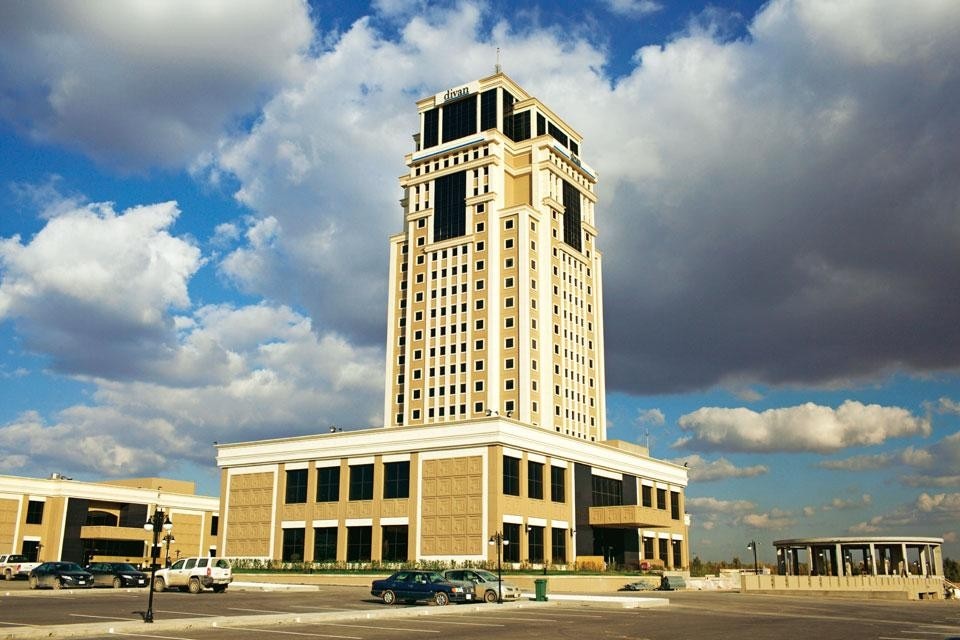Erbil, the regional government capital and one of the world's most ancient cities, inhabited without interruption for thousands of years, is an extraordinary example of that condition. One of the principal artifices of this growth is Nawzad Hadi, governor of Erbil since 2004. In a recent interview, with the clarity of a visionary he illustrated to me the steps required to fulfill what he calls a great dream: the building of a city worthy of being an international capital, "a new Dubai". That is no mean statement, considering that Kurdistan is not even an officially recognised state. "I am doing it for my people, who deserve it after years of oppression." The magnitude of Nawzad Hadi's challenge is quite incredible. It began with the asphalting of roads and the guarantee of standard access to water and electricity, continued with the completion and implementation of a master plan and a green belt around the city, and is now on its way to transforming Erbil into an economic and commercial hub. In an explosive mixture of individual profit and common good, the governor has embraced the city's historic and cultural profile as the symbol of this rebirth. He has started a restoration of the citadel, Erbil's ancient heart, by working with UNESCO to have it included in the list of World Heritage Sites. At the same time, with an eye to the international tendencies of the architecture star system, he appointed Daniel Libeskind to design a museum of Kurdish memory, an audio-visual project for the historical and narrative reconstruction of the Kurd genocide. Work on the museum is scheduled to commence this year.


Improvisation and resilience are the other side of the coin to massive urban development and the dream of becoming the next Dubai










A Brutalist masterpiece frames the novelty signed 24Bottles
Giancarlo De Carlo's Collegi in Urbino is hosting a campaign for a signature product of 24Bottles: the brand's first titanium bottle, designed under the banner of essentiality.








